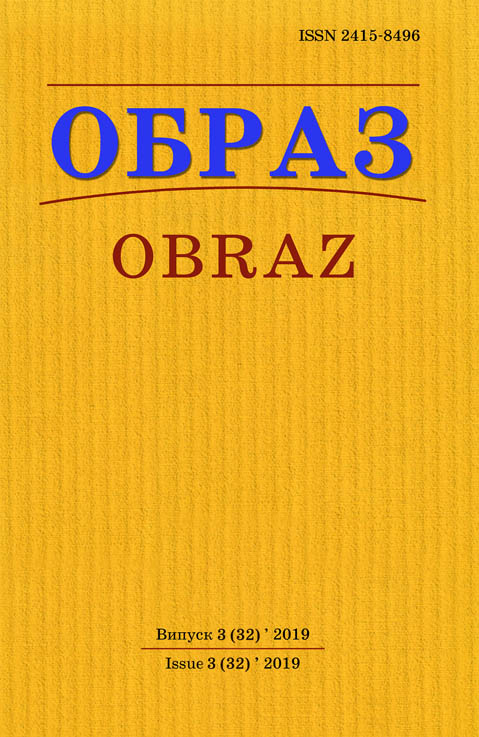Abstract
Introduction. The study describes different expressive means and devices which are used in TV advertising texts. Advertising has taken a dominant place on television and radio, in newspapers and magazines, and on the Internet. Advertising has become a conglomerate that has covered almost every area of our lives. Relevance of the study. The increasing role of advertising in the modern world has led to an increased interest in the study of this social phenomenon among scholars in various fields. A text is one of the most important components of advertising and a means of manipulation. Creating an effective, influential advertising text, which excites the consumer desire to buy an advertised item, requires precise selection and successful combination of words. So we can speak about the relevance of language study of advertising texts, which has a significant impact on effectiveness, comprehensibility of TV advertisement and its perception. The methology. The following methods were used in the study: typological (identification and ordering of expressive means in TV advertising texts); functional (clarifying the role of the above-mentioned means); structural (identification of relationships between components of the common system); hermeneutic (in-depth interpretation of the semantic load of expressive means). Results: different expressive means and devices are used in TV advertising texts in order to provide success of the advertised product, to create an attractive image of goods, services for potential customers and to ensure a certain level of demand for goods. In order to attract more attention to their products manufacturers and advertisers take into account the power of words, so they use a large number of tropes: epithet structures, metaphors, hyperbole, comparisons. Such lexical expressive means significantly enrich advertising texts, contribute to their easy memorization, maximize the advertising effectiveness. Conclusions: So epithet structures, metaphors, hyperboles, comparisons are important elements of advertising texts that provide the impact of high-intensity on consumers, creating a certain emotional effect, reduce the distance between the object of advertising and its consumer, show the advantages of the advertised product over others, provide the opportunity to influence on the minds of the audience. Thus, the above means have a high manipulation potential, become the basis for the transfer of the basic idea of the advertisement itself, push the consumer to the right opinion, and therefore motivate to purchase the advertised product or service.
References
1. Halych, O., Nazarets, V. and Vasyliev Ye. (2006) Literary theory: a textbook. 3rd edition / ed. by O. Galich. Kyiv: Lybid, 488 p. [in Ukrainian].
2. Holiadkyn, N. A. and Polukarov, V. L. (1994) Advertising management: television and radio broadcasting. Moscow: VLADOS, 67 p. [in Ukrainian].
3. Zirka, V. V. (2004) Manipulative games in advertising: linguistic aspect: monograph. Dnipro: DNU, 291 p. [in Russian].
4. Ivanova, V. F. (2011) Fundamentals of advertising and public relations: a textbook / ed. by V. F. Ivanova, V. V. Rizun. Kyiv: Publishing and Printing Center «Kyiv University», 431 p. [in Ukrainian].
5. Magerramov I. A. (2002) About paradox in advertising. Russian speech, No. 2, pp. 59–63. [in Russian].
6. About Advertising: Law of Ukraine since 1996. No. 39. Art. 181 [in Ukrainian].
7. Tarasov, E. F. (1984) Psychological features of the language of advertising. Psycholinguistic problems of mass communication. Moscow, 1984. pp. 80–96. [in Russian].
8. Titts, S., Koen, L. and Masson, D. (2008) The language of organizations. Interpretation of events and creation of values. Kharkov: Humanitarian Center, 332 p. [in Russian].
9. Tsyhankova Z. M. Lexical and semantic features of reproduction of advertising text, available at: http://www.rusnauka.com/32_DWS_2008/Philologia/36435.doc.htm (accessed 4 August 2019) [in Ukrainian].
10. Goddard A. The Language of Advertising. London, 2015. 144 p.

This work is licensed under a Creative Commons Attribution 4.0 International License.

